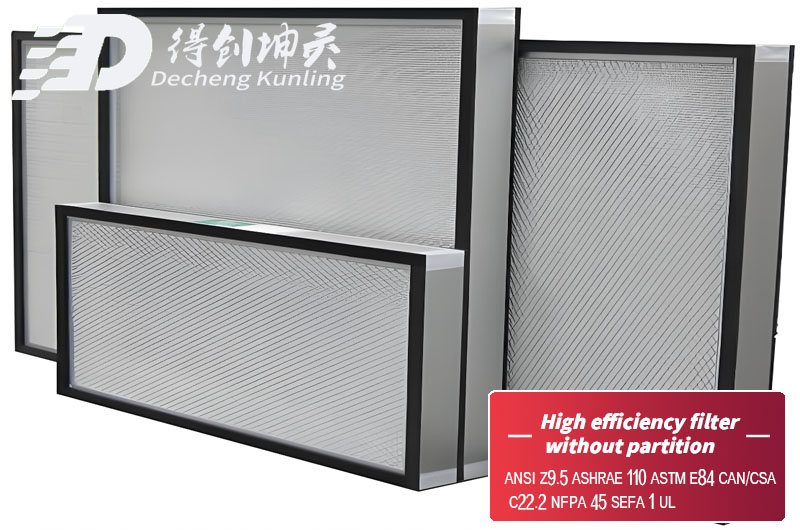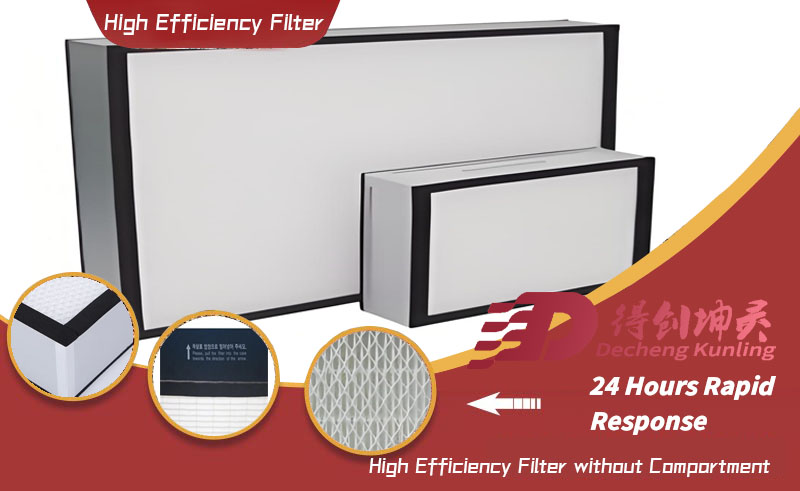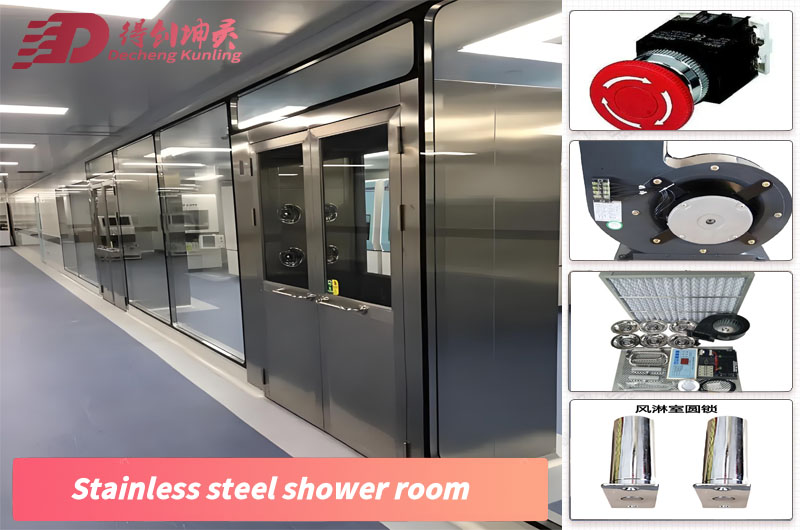Types of Filtration Systems Used in cleanroom air Showers
Introduction to Cleanroom Filtration
Ensuring air quality in cleanrooms is crucial for the integrity of processes within industries such as Semiconductor manufacturing and pharmaceuticals. cleanroom air showers commonly use hepa and ULPA filters to remove airborne particles, ensuring compliance with cleanliness standards.
High-Efficiency Particulate Air (hepa) Filters
hepa filters are indispensable in cleanroom air showers, known for their ability to remove at least 99.97% of airborne particles that are 0.3 micrometers or larger. These filters are adept at capturing a broad range of contaminants, including bacteria, viruses, and pollen.

Ultra-Low Penetration Air (ULPA) Filters
For environments demanding heightened air cleanliness, ULPA filters provide superior filtration. These filters are capable of removing at least 99.9995% of particles down to 0.12 micrometers, making them ideal for critical applications in Semiconductor fabrication and pharmaceutical manufacturing.

Complementary Filtration Systems
Beyond HEPA and ULPA filters, cleanroom air showers may incorporate additional filtration systems to enhance their effectiveness:
- Pre-Filters: These filters target larger particles such as dust and hair, serving to protect subsequent filters and extend their lifespan.
- medium efficiency filters: Designed to capture smaller particles like pollen and bacteria, these filters provide an intermediate level of air purification.
Different Types of Air Showers
Dry Air Showers
Utilize high-velocity air to remove contaminants without moisture, ideal for humidity-sensitive environments.
Wet Air Showers
Incorporate a misting system to enhance particle removal through moisture, effective where cleaning agents are needed.
Pass-Through Air Showers
Allow easy transfer of materials and personnel between cleanroom areas while maintaining cleanliness standards.
Customizable Air Showers
Tailored to meet specific CleanRoom requirements, including size, airflow rate, and filtration system.
The Air Shower Process
Initial Entry
Upon entering the air shower, users are exposed to a high-velocity stream of filtered air that dislodges particles from clothing and surfaces.
Filtration Stage
The air passes through HEPA or ULPA filters, with a cycle lasting 10-30 seconds for thorough decontamination.
Exit Phase
After the shower cycle, users exit into the cleanroom, significantly reducing contamination risk.

Common Questions and Answers
What is the primary difference between HEPA and ULPA filters?
hepa filters remove particles as small as 0.3 micrometers, while ULPA filters remove even smaller particles down to 0.12 micrometers.
Why are pre-filters important in air showers?
They capture larger particles, protecting the HEPA/ULPA filters and extending their lifespan.
In what industries are ULPA filters most essential?
ULPA filters are critical in semiconductor and pharmaceutical industries where ultra-high levels of air cleanliness are required.
Conclusion
cleanroom air showers rely on a combination of filtration systems to maintain air purity and prevent contamination. HEPA and ULPA filters are at the forefront of this effort, supported by pre-filters and medium efficiency filters to manage various sizes of particulates. Through companies like Deiiang™, continuous advancements in cleanroom technology help industries maintain the highest standards of cleanliness and safety.
References
- ISO 14644: Cleanroom standards
- cleanroom technology Journal
- Deiiang™, Advanced Filtration Systems
- Pharmaceutical Manufacturing Standards, GMP Guidelines
- Semiconductor Manufacturing Best Practices
 +86 18186671616
+86 18186671616 Jason@cleanroomequips.com
Jason@cleanroomequips.com
 MENU
MENU


